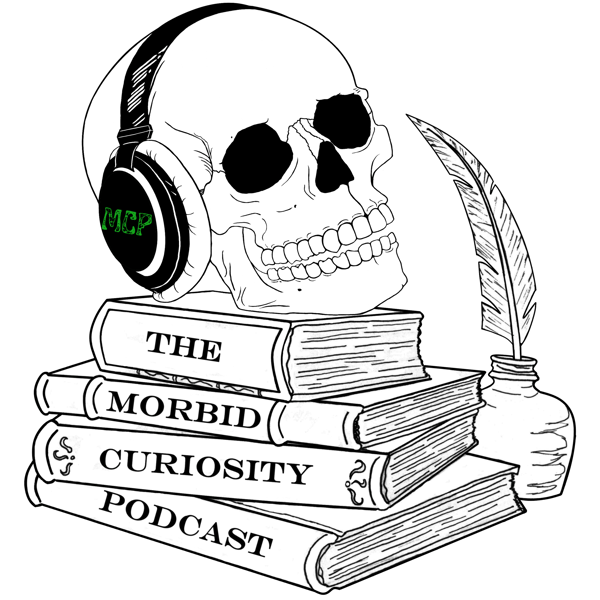The Salem Witch Trials pt. 2 - Executions
The Morbid Curiosity Podcast
Hallie Lloyd
4.8 • 634 Ratings
🗓️ 23 October 2024
⏱️ 36 minutes
🧾️ Download transcript
Summary
In the beginning of 1692, young women in Salem village began experiencing strange symptoms, which were soon blamed on witchcraft. The girls began accusing neighbours of bewitching them, escalating the situation. More and more young women became afflicted and more townsfolk were accused. 19 people were eventually executed.
In this second instalment, Hallie discusses the criminal trials, the executions, and the rise and fall of the power of the afflicted.
Transcript
Click on a timestamp to play from that location
| 0:00.0 | This episode was suggested by Marie, Taylor Treat, and Annabelle. If you'd like to make a suggestion, |
| 0:06.7 | you can do so on Facebook and Instagram at Morbid Curiosity Podcast, on our website, www.com, |
| 0:12.6 | on our Discord server, and on Patreon. This episode contains graphic descriptions of executions, self-harm, imprisonment, and torture of both adults and children. |
| 0:29.7 | If these topics are triggers for you, this might be a good episode to skip. |
| 0:52.3 | Humans are fascinated by gore and violence, but even more so the mysterious and unsolved. |
| 0:56.4 | Interest in these disturbing and unpleasant subjects is called morbid curiosity, and it has gripped millions of people throughout the ages. I am one of those |
| 1:02.8 | people. My name is Halley, and this is the Morbid Curiosity podcast. |
| 1:36.3 | Music Orbit Curiosity Podcast. Last time, we discussed the Christian belief that witches are servants of the devil. The extreme belief of the Puritans that everyone is damned, the tense situation in Salem |
| 1:42.9 | between strict and moderate Puritans that manifested |
| 1:46.5 | as pro and anti-reverend Paris factions, the feud between the Putnam and Porter families |
| 1:52.6 | that was closely tied to these factions and the strange symptoms exhibited by the young |
| 1:57.6 | women of Salem that resulted in a wave of witchcraft accusations and arrests. |
| 2:03.6 | In mid-May, 1692, the Court of Oyer and Terminer, the official criminal court of the province of Massachusetts, |
| 2:12.6 | assembled for the first time. Its main task was to bring every accused witch to trial, using several |
| 2:19.7 | types of evidence, most of which would not have been accepted in any modern criminal court. |
| 2:24.5 | Because witchcraft didn't require the accused to be physically present at the scene, |
| 2:30.1 | there was no alibi, no real defense against the accusations. The first person to be tried was |
| 2:37.3 | Bridget Bishop, a single older woman who was outspoken, quick to anger, and owned land due to the |
| 2:44.3 | death of her husband. Bridget fit the stereotypical profile of a witch, female, elderly, and non-conforming to society. |
| 2:54.0 | On June 8th, Bridget was the first to be found guilty of witchcraft and sentenced to execution. |
| 3:01.1 | It was only weeks before that a law had passed allowing executions for witchcraft. |
| 3:07.0 | One of the judges, Nathaniel Sultanstahl, |
... |
Please login to see the full transcript.
Disclaimer: The podcast and artwork embedded on this page are from Hallie Lloyd, and are the property of its owner and not affiliated with or endorsed by Tapesearch.
Generated transcripts are the property of Hallie Lloyd and are distributed freely under the Fair Use doctrine. Transcripts generated by Tapesearch are not guaranteed to be accurate.
Copyright © Tapesearch 2025.

